Gin is in strong growth, up 16.4% in value to £223.1m and 8.9% in volume [Kantar Worldpanel 52w/e 13 June] much of it driven by Gordon's.
However, smaller, more niche brands are also drumming up a renewed interest in the category. Hendrick's is a great example of a brand built on non-traditional media, using means such as quirky parties and activities aimed at the bar trade, says Jo Faithorn, associate director of marketing agency Added Value. Sales of Hendrick's have shot up a massive 43.3% to £2.2m [Nielsen].
"Hendrick's has been successful in establishing a distinctive serving so when you see someone drinking a long drink with cucumber in it, you know it's a Hendrick's and tonic," she adds. G&J Greenall marketing director Tim Dewey says he detects a surge in interest in premium gins, something Greenall's hopes to capitalise on with Bloom, launched late last year (rsp: £19.99).
The gin is targeted at women and uses botanicals such as chamomile and pomelo to distinguish it from more juniper-led gins.
"The growth of gin is due to a tiredness with vodka and a renewed interest in categories, like gin, that offer more distinct tastes," he argues.
Premium gin remained strong throughout the recession, adds Sue Beck, senior brand manager for Halewood International. Its Whitley Neill brand, like Hendrick's, has built a reputation in the on-trade around a distinctive serve a splash of tonic water, ice and a handful of Cape gooseberries.
"Through bartender education with brand ambassador Johnny Neill and a sampling programme in outlets such as Harvey Nichols, Harrods and Selfridges, Whitley Neill has continued to grow market share," says Beck.
While in spring 2009, premium gin and vodka brand Sipsmith arrived on the scene, bringing with it the first handmade copper still in London for 189 years.
Focus On Spirits
However, smaller, more niche brands are also drumming up a renewed interest in the category. Hendrick's is a great example of a brand built on non-traditional media, using means such as quirky parties and activities aimed at the bar trade, says Jo Faithorn, associate director of marketing agency Added Value. Sales of Hendrick's have shot up a massive 43.3% to £2.2m [Nielsen].
"Hendrick's has been successful in establishing a distinctive serving so when you see someone drinking a long drink with cucumber in it, you know it's a Hendrick's and tonic," she adds. G&J Greenall marketing director Tim Dewey says he detects a surge in interest in premium gins, something Greenall's hopes to capitalise on with Bloom, launched late last year (rsp: £19.99).
The gin is targeted at women and uses botanicals such as chamomile and pomelo to distinguish it from more juniper-led gins.
"The growth of gin is due to a tiredness with vodka and a renewed interest in categories, like gin, that offer more distinct tastes," he argues.
Premium gin remained strong throughout the recession, adds Sue Beck, senior brand manager for Halewood International. Its Whitley Neill brand, like Hendrick's, has built a reputation in the on-trade around a distinctive serve a splash of tonic water, ice and a handful of Cape gooseberries.
"Through bartender education with brand ambassador Johnny Neill and a sampling programme in outlets such as Harvey Nichols, Harrods and Selfridges, Whitley Neill has continued to grow market share," says Beck.
While in spring 2009, premium gin and vodka brand Sipsmith arrived on the scene, bringing with it the first handmade copper still in London for 189 years.
Focus On Spirits








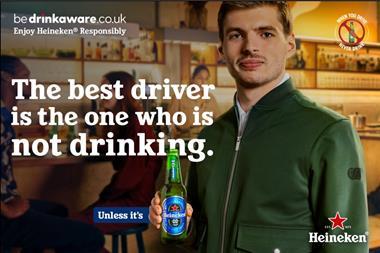
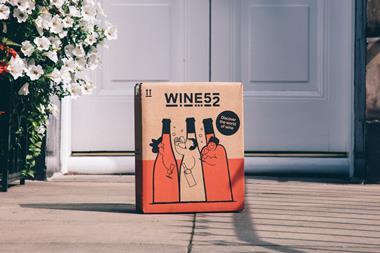



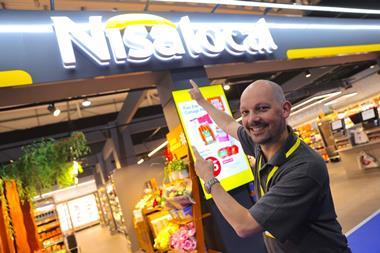
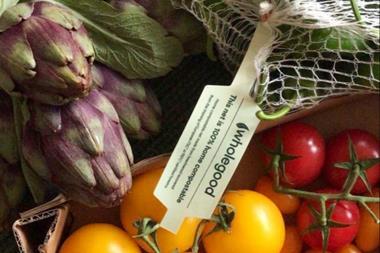


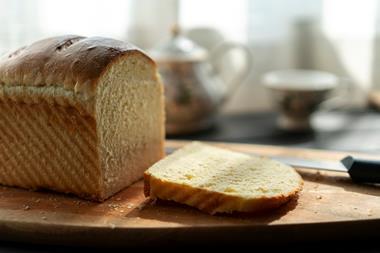
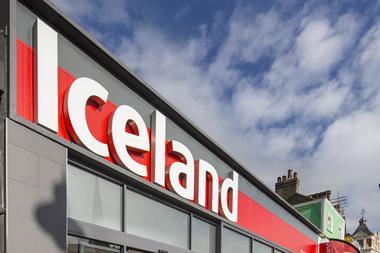
No comments yet